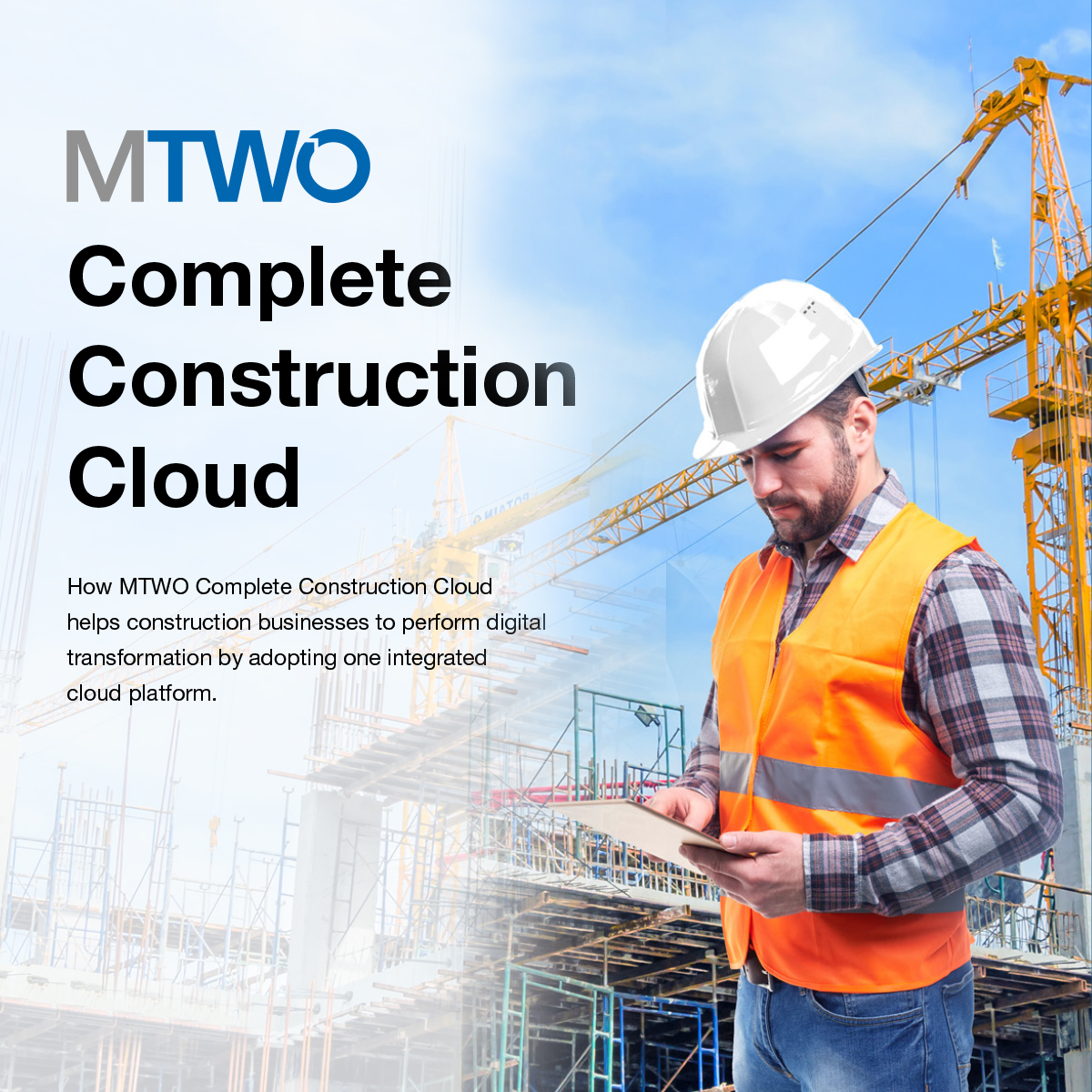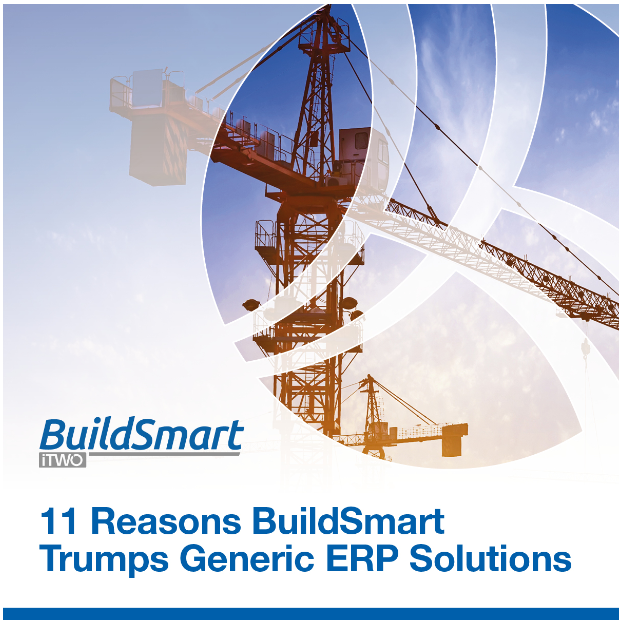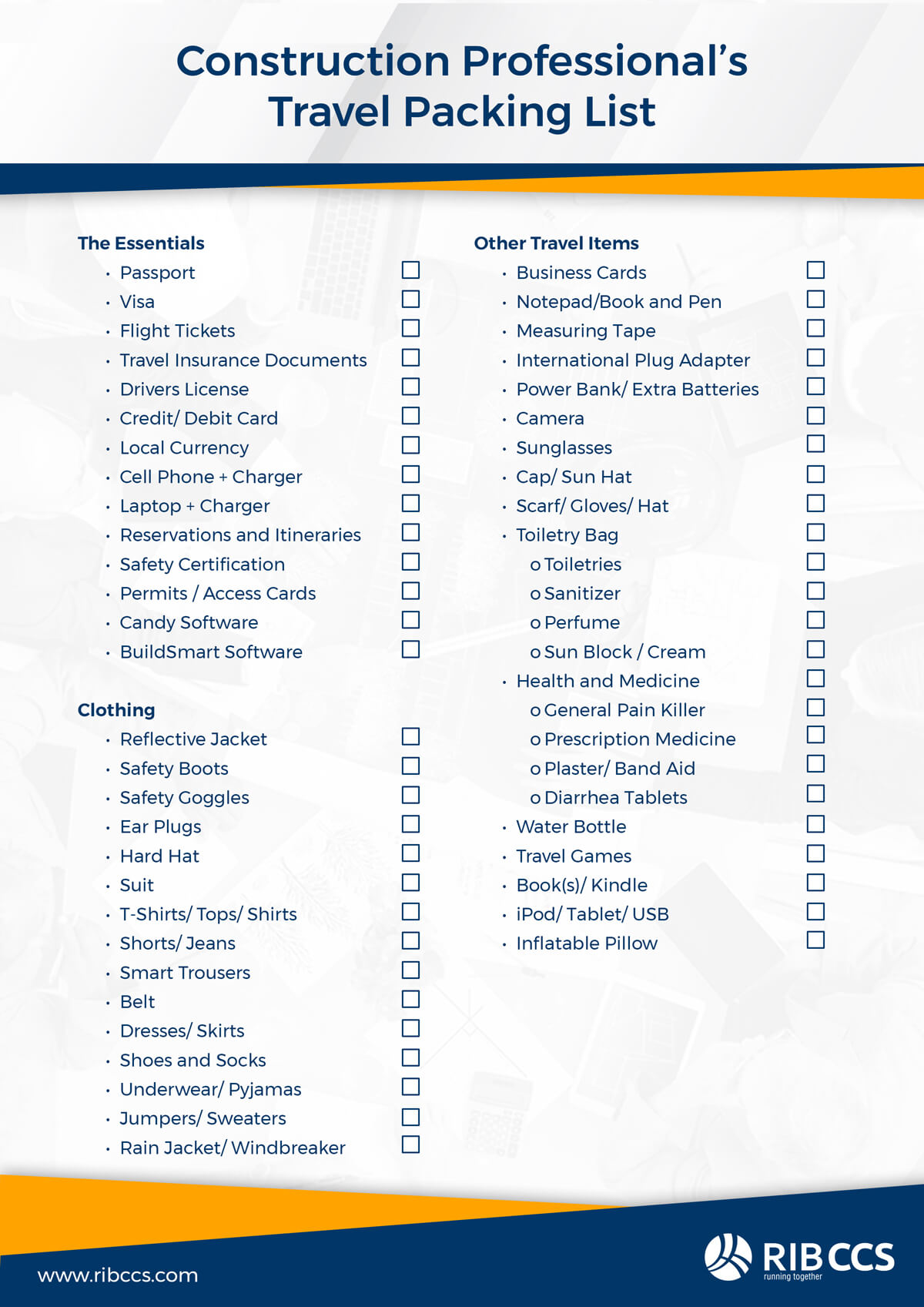How To Choose The Best Construction Management Software

The best Construction Project Management Software for you is the one that most aligns itself with how you operate (or wish to be operating). In considering which software to use, try considering these 5 questions:
- How well does the software enable your teams to work together?
Most of us will remember our early days where white boards and yellow sticky notes were the primary planning and organisation tools of the office. Everybody knew the system and its limitations, particularly if operating in a multi-team or multi-site environment. When introducing new systems, ensuring that it will be effective is paramount. After all, there is little point having a new system that saves you 10 minutes if it adds ten minutes to the work load of each member of your team. Where possible, workshop/trial a new system with a trusted core group to really ‘test drive’ the collaborative features of the software. This is likely to highlight the pros, cons and potential challenges that could come from a wider roll out. - Do the benefits justify the cost?
Implementing project management software is going to have an impact on time and money. Done correctly, however, the right software will more than pay for itself many times over in terms of cost savings and productivity when in operation.
The options available on the market vary massively in price so best to start by focusing on the features that will meet your specific needs. Then, compare the cost of obtaining and implementing that software against the cost or impact of not doing it. If the benefit is greater than the cost, the argument is all but settled. Be sure to consider all the elements of both cost and benefit including time, errors and opportunities. - Can you try before you buy?
Think of the process you went through finding office space or warehousing. All too often, the problems or flaws only become apparent after you have signed the lease and moved in.
When selecting your Project management Software, you should have the opportunity to ‘try before you buy’. This could be a workshop or demo or even as a selection of training modules to let you experience how it operates first hand.
Consider how the software you are trying will match with your current team dynamics and how smoothly and swiftly they can adapt to it. Would it have any impact on other software or systems you are using?
When testing, think about what the product is actually delivering for you in real terms and value. Are the extras delivering value or are they ‘add-ons’ for decoration rather than functionality? Check for intuitive functions that will enable the team to execute common jobs without unnecessary manual processing. Check also how the more advanced, non day to day elements might work. Does the reporting fit your needs and what elements can be customised? - Will your team feel the benefit and get on board?
Getting the maximum benefit in the shortest time will be a driver to the immediate value of your software. Having the teams involved in the evaluation process is useful in getting ‘true’ feedback and having them feel engaged and part of the buy-in process. On the flip side, keep that trial to the appropriate length and keep it straight forward. As tempting as it may be to explore downloads and side functions, keep a strong focus on how it will fit into the workflow and core functions. A too long or in-depth trial can create confusion or even changes in workflow that are harder to reverse. - Will they use it?
An easy way to gauge the success of project management software integration is to check who is using it. If it is only the project managers, you may have missed some very important elements of the roll out and are not likely to be getting the maximum benefit and value from your product.
Like all changes and enhancements, planning is key. Consider the depth and scope of use required by each of the team members and plan for them to be trained specifically for those functions that will be used. If that is only one of the functions, answering questions or comments for example, limit the training initially to that. Exploring the rest of the platform can come later as the system becomes embedded.
Make sure your own workflows and processes are squared away. Identify any manual or bespoke workarounds that are occurring in the workplace before rolling out the new software. After all, the implementation plan is likely to be based on the documented procedures and workflows.
There may be elements of an individual’s role that will change or information or files may change location so make sure they are aware and prepared. It goes without saying that integration with other software or systems will have been checked and checked again before launching.
Project management systems for construction need to be bespoke developed for the industry. In the Middle East region, the heavy hitters, movers and shakers have got their systems integrated and developed to deliver the maximum benefits from take-off, project planning right through to final certification with the inclusion of detailed on-site management.
Speak to companies that have experience in using this software and take their guidance on what it can do for you. Companies such as Aveng Grinaker-LTA, Kier, Hochtief, Balfour Beaty, China State Construction, Dutco, Lang O'Rouke, ALEC, Macair, Al Naboodah, Orascom, Al-Tayer Stocks, Wade Adams and Habtor Leighton Group, to name a handful, have all completed the journey to integration and are using the best software in the Industry.
Why not benefit from their experience and leverage their success and legwork already done? The proof of the pudding is in the eating, as they say, and they have all done a lot of eating.
Interested in "How much does construction management software cost: 5 elements to consider to ensure your ROI"
See this in action "CCS Case Study - Petroserv"
Most Recent
Ready To Take Your Business To The Next Level?
Let's talkDownload our free Ebook

- The new normal of construction is digital
- MTWO Complete Construction Cloud
- One unified platform for project and enterprise digital management
- How to implement the Complete Construction Cloud
Download our free Ebook

- Putting connectivity and scalability in the center of a long-term digital strategy.
- Adding sustainability to the digital agenda.
- Adopting integrated platform instead of disconnected point solutions.
Download our free Ebook

- The Inherent Flaws of Generic ERP
- Build Better with BuildSmart
- BuildSmart Highlights
- The Way Forward
Download our free Ebook
.jpg) Your business will benefit from:
Your business will benefit from:
- Huge time savings in BOQ pricing
- Better Project Planning
- Increase your ROI on all projects
- Detailed bid analysis
- Powerful reporting capabilities
Download our free Ebook
.png)
- What are these 5 pillars?
- Why are they essential to your change management plan?
Download our free Ebook

- Our tips for positioning to win construction contracts against the backdrop of a hungry and competitive construction industry.
Download our free Ebook

- How Technology addresses the challenges of the Construction Industry
- ‘One source of truth’ as a principle at use in the industry today that provides a totally integrated view of costs, offering a direct impact on outcomes.
- Man, Machine and Money – meaningful links in your construction company
Download our free Ebook

- Learn how to retrieve data that drives control
- Control budgets across projects
- Increase your ROI on all projects
DOWNLOAD OUR FREE TRAVEL PACKING LIST
 Don’t know what to pack for your
Don’t know what to pack for your next business trip?
We’ve got you covered!
Get It Now




